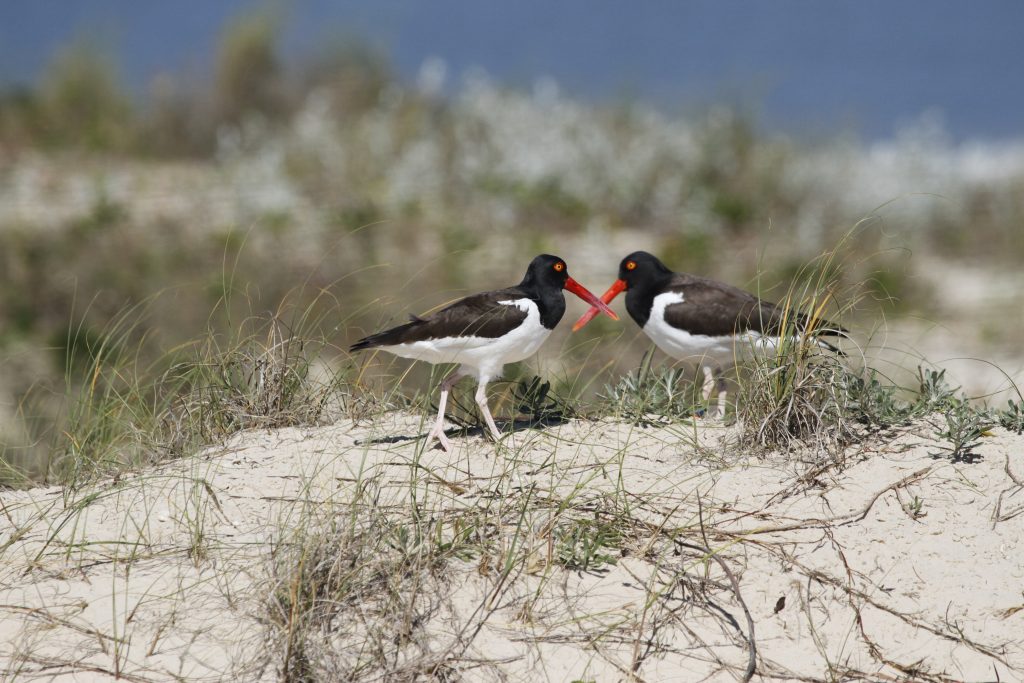The Piru-piru Project is a research and conservation initiative on the American Oystercatcher, one of the emblematic birds of the coastal area of southern Brazil. The project aims to demonstrate the importance of preserving the dunes for the conservation of regional biodiversity, as well as the important ecological link between the different environments used by the species.
The project was started in 2015, in partnership with the State University of Rio Grande do Sul (Uergs), at Praia Grande in Torres, and has been extended to other areas of the region, including currently the Itapeva State Park, the Wildlife Refuge of Ilha dos Lobos and Passo de Torres, in Santa Catarina.
With the development of the project, important information about the ecology of the species has been obtained, including data on diet, nesting areas, reproductive success and movements of the individuals. The project has also sought to investigate the main threats to the species, with the aim of proposing measures that guarantee the permanence and reproduction of the species in the region.
One of the main tools used in the study is the marking of individuals, using colored rings, for individual recognition. The project has also been using satellite transmitters for the first time in Brazil to monitor the movements of the individuals.
The data obtained clearly demonstrate the importance of preserving coastal dunes and the species' close link with the conservation units of the region. In this sense, the Ilha dos Lobos, for example, is used as an important food area for individuals who were born in the dunes of Praia Grande. In addition to scientific research, the project aims to promote the American Oystercatcher as a flagship species for the conservation of the coastal zone in southern Brazil.
Partner institutions: Uergs, Ufrgs, ICMBio/Revis Ilha dos Lobos, SEMA/Parque Estadual de Itapeva, Prefeitura Municipal de Torres, Fundação O Boticário de Proteção à Natureza.







